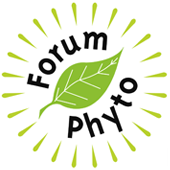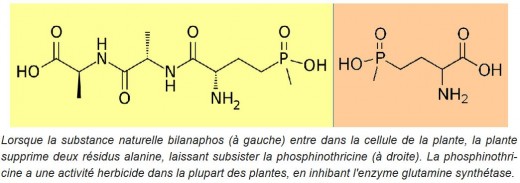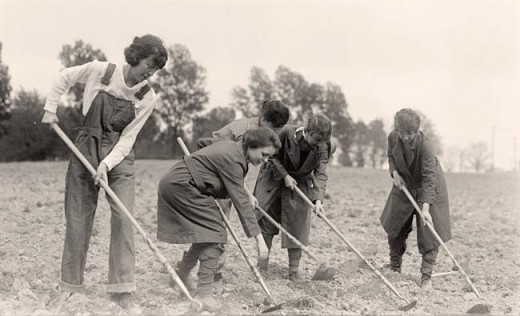In this article, Andrew R. Kniss, University of Wyoming (USA), Associate Professor, Weed Biology & Ecology, “introduces [us] to a fascinating chemical named bilanaphos”.
Bilanophos is substance produced naturally by two naturally occurring bacteria. […] when bilanaphos enters the plant, about half of the molecule is quickly chopped off, leaving behind a smaller molecule – phosphinothricin”, which is an herbicide.
So “that sounds very much like a natural herbicide, right? Not so fast… Phospinothricin (better known in the US as glufosinate) is widely used as a herbicide today” and “is produced synthetically. So it is not considered a ‘natural’ herbicide.”
“The story of phosphinothricin, while very interesting, is not unique. […] Between 1997 and 2010, USDA scientists estimate that about 69% of all new pesticide active ingredients registered by the EPA were either natural products, synthetic products derived from natural sources (like phospinothricin), or biological in nature.”
In fact, the word natural “is an often-used marketing term with no clear definition. […] The ‘natural or not‘ distinction can distract from what is really important when discussing pesticides. […] The properties of the compound are far more important, in my opinion, than the source of the compound. […] But there are questions related to the source of the product that can be important. In particular, which has a greater impact, synthesis in the lab? or extraction from natural sources? […] If extracting something from nature means we’ll have a greater negative impact on the environment than we would producing it in a factory, then please give me the synthetic version.
This article is a model pedagogy on « natural » vs « synthetic ». It has to be read…


